WHAT YOU NEED TO KNOW & DO
I feel just a little bit deceitful right now. You see, I’ve been researching and writing this feature about riding in hot weather from the comfort of my nice, cool air-conditioned office. Doesn’t seem quite fair; especially to those of you that are slugging it out with Mother Nature right now.
The timing is right, however. As I type these words the heat index here on my native Long Island, NY has eclipsed the 100 degree mark. My dear friends in the Phoenix, Arizona area have it much worse. As of this writing they have already endured 30 days of temperatures above 110 degrees in 2023…with no end to that trend in sight!

The Risks In A Nutshell
Motorcycle riding in hot weather can be both challenging and potentially dangerous if proper precautions are not taken. Dehydration, heat cramps, heat exhaustion and heat stroke are serious conditions that can occur when your body is unable to regulate its temperature effectively in high-temperature environments. As a motorcyclist, you are particularly vulnerable to the effects of hot weather due to direct exposure to the sun, the heat generated by the motorcycle’s engine, and the wearing of inappropriate riding gear.
The human body is affected by high ambient temperatures due to various physiological processes that occur in response to the external heat. Several mechanisms come into play to regulate body temperature and dissipate heat, but when faced with extreme heat, these mechanisms can be overwhelmed, leading to heat-related illnesses. Being warm-blooded animals, humans must maintain a core temperature within a few degrees of our 98.6°F “normal” temperature. If our core temperature gets just 5° hotter or colder, we are seriously impaired; 10° hotter or colder, we die. Let’s explore some of the key factors:
What Your Body Is Dealing With
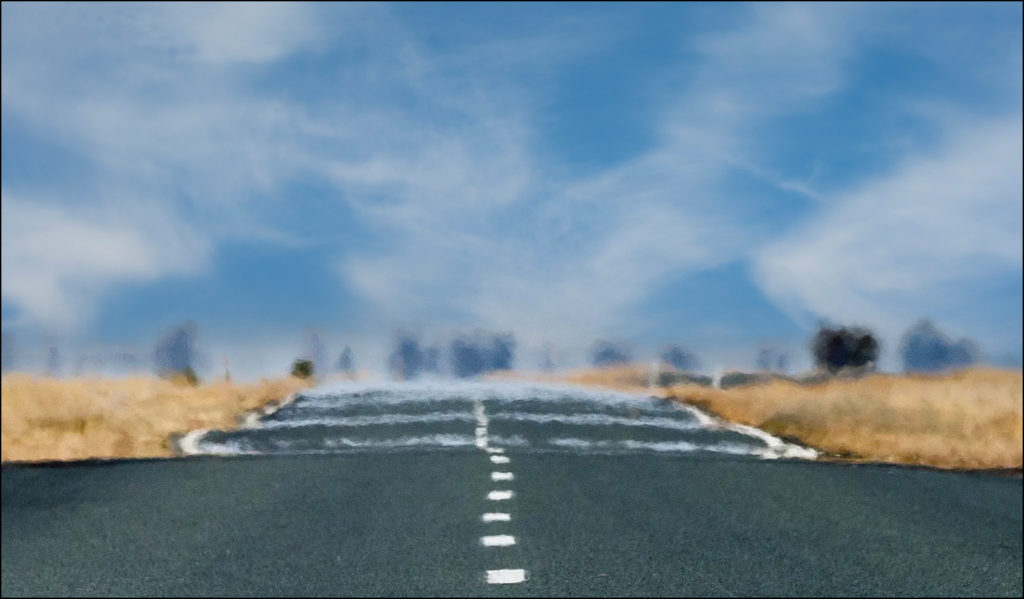
Convective Heat Transfer: Convective heat transfer is the process by which heat is exchanged between the body and the surrounding air. When the ambient temperature is high, the air surrounding the body is also hot, making it difficult for the body to lose heat through convection. As a result, the body’s core temperature may rise.
Radiation: The human body constantly emits heat in the form of infrared radiation. In hot weather, when the surrounding air temperature is similar to or higher than the skin temperature, the body’s ability to dissipate heat through radiation is reduced.
Evaporation: Sweating is the body’s primary cooling mechanism in hot conditions. As the body temperature rises, the sweat glands secrete sweat onto the skin’s surface. When the sweat evaporates, it absorbs heat from the skin, cooling it down. However, in high humidity, the air is already saturated with moisture, making it challenging for sweat to evaporate effectively. This reduces the cooling effect of sweating.
Vasodilation: When the body is exposed to high temperatures, the blood vessels near the skin’s surface dilate (widen) through a process called vasodilation. This allows more blood to flow near the skin, facilitating heat transfer from the core to the skin’s surface. While vasodilation helps with heat dissipation, it can also lead to a drop in blood pressure, potentially causing dizziness or fainting.
Increased Heart Rate: To cope with high temperatures and maintain proper blood flow to the skin and muscles, the heart rate increases. The increased heart rate requires the heart to work harder, which can be taxing on the cardiovascular system, especially in individuals with pre-existing heart conditions.
Dehydration: In hot weather, the body loses more water through sweating. If the lost fluids are not adequately replaced, dehydration can occur, leading to reduced blood volume and impaired thermoregulation.
Heat Accumulation from the Environment: Motorcyclists are exposed not only to the direct heat from the sun but also to heat generated by the motorcycle’s engine. This additional heat when riding in hot weather can increase the overall heat load on the body, making it more challenging to maintain a comfortable body temperature.
WHAT YOU NEED TO DO
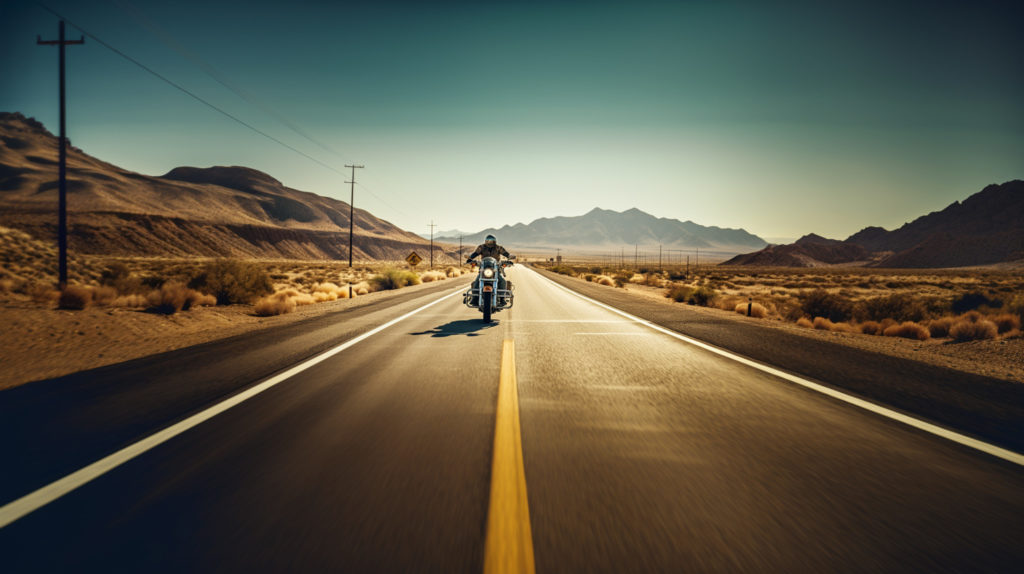
Dress Appropriately
Wear proper riding gear that provides adequate protection while allowing ventilation. While breathable gear, such as mesh jackets and pants (or jeans and tank tops) can add to your comfort when moving, they only go so far. When the temperature hits 93 degrees Fahrenheit, all bets are off. This is the average skin temperature of a person maintaining a core body temperature of 98.6 degrees. The wind in your hair, your face and your skin is no longer cooling your body off at this temperature. It is heating it up.
You need to protect yourself from the 93 degree (and above) temperatures when riding in hot weather. A closed, full face helmet is actually cooler (and therefore, safer) than an open face helmet (or no helmet) under these extreme temperatures. Less skin in contact with the hot air = less convective heat transfer and less natural heat radiation. When the outside temperature climbs into the mid 90’s I might actually put my lightweight rain gear on over my armored mesh gear. Being windproof it offers another layer of protection from dangerously high ambient air temperatures.
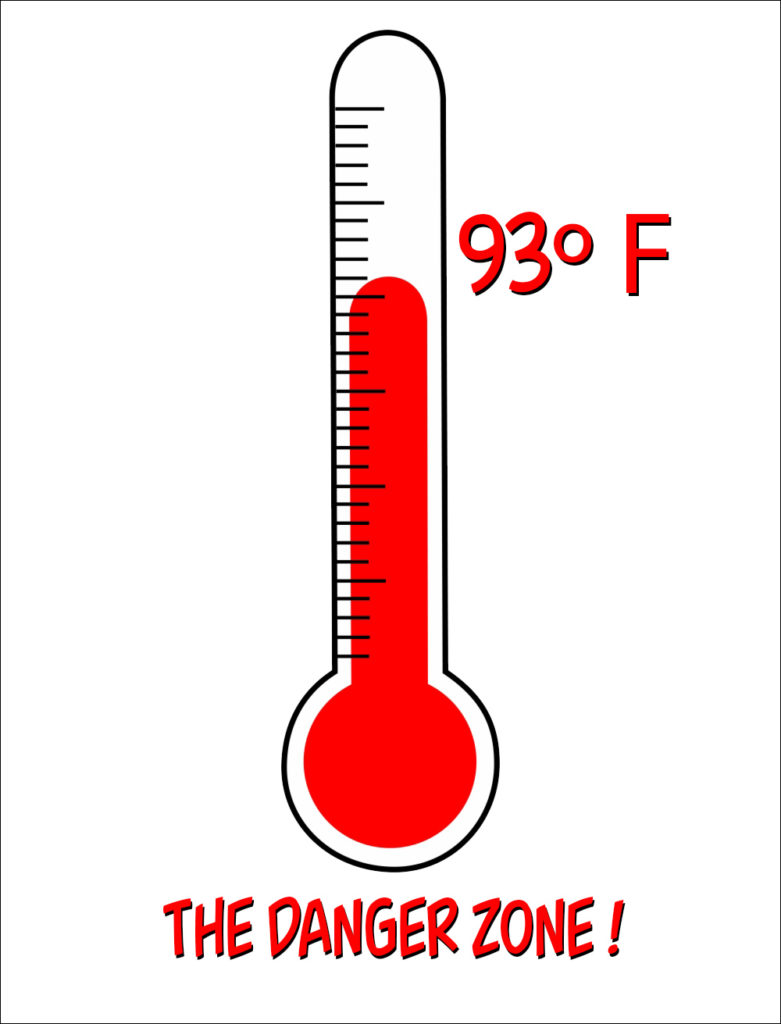
Wear undergarments made from moisture-wicking materials. When the mercury is forecast to rise into the 90’s I will don my moisture wicking long underwear. That’s right. Long johns in the sweltering summer heat. They facilitate perspiration absorption. Perspiring is your body’s way of cooling itself in hot conditions. As your body temperature rises, sweat emanates from your skin’s surface. When that sweat evaporates, it absorbs heat from your skin surface, cooling it down. However, in high humidity scenarios, the ambient atmosphere is already full of moisture; making it impossible for sweat to evaporate and cool your body. Wearing moisture wicking undergarments insures that the perspiration doesn’t heat up on your skin, contributing to your discomfort and possible peril.
Stay Hydrated
Drink plenty of water before, during, and after your ride. Avoid sugary and caffeinated beverages, as they can contribute to dehydration. One of the most critical steps to prevent heat exhaustion and heat stroke is staying hydrated. Be sure to carry a hydration pack or water bottles ON your motorcycle to have easy access to water in excessively hot conditions.

Unless you’re a camel, carry a water supply with you
Take Breaks
When riding in hot weather plan your ride with regular breaks in shaded areas. During breaks, remove your helmet and gear to allow your body to cool down. Use this time to re-hydrate and have a “salty” snack. There is no need to consume high priced “sports drinks”. No matter what the advertisements claim, the average American diet is sufficient to replace whatever electrolytes might have been lost through perspiration. If it makes you feel better, grab a Gatorade, but be sure to drink as much clear, fresh water as you can alongside the colorful stuff.
Use Cooling Products
Consider using cooling vests, neck wraps, or bandanas that utilize evaporative cooling to help regulate body temperature. These items use evaporative cooling to help lower your body temperature. Besides…it just feels so darn good to pull an icy, cold bandana over your head when you’ve been out in 100 degree weather. Ask anyone who has ridden in Sturgis, South Dakota in August. The ice water barrels to “recharge” your cooling apparel can be found at every watering hole in the area.
Time Your Ride
Try to ride during cooler parts of the day, such as early morning or late afternoon, to avoid the peak heat.

Early morning is the most beautiful time of day…and the coolest!
Monitor Your Body
Pay attention to your body’s signals and know the signs of heat-related illnesses. If you start feeling overheated or fatigued, take a break and rest in a shaded area.
Ride With A Partner
Riding with a companion allows you to look out for each other and recognize signs of heat-related distress in one another.
Know When to Stop
If you or your riding partner show signs of severe heat-related illness, such as heat stroke symptoms, stop riding immediately and seek medical attention.
Final Thoughts
Riding in hot weather demands extra attention to your body’s needs and taking preventive measures to avoid heat-related illnesses. Staying hydrated, wearing appropriate gear, taking regular breaks, and recognizing the signs of heat-related distress are essential aspects of ensuring a safe and enjoyable ride in hot conditions. Always prioritize your well-being, and if the weather becomes too extreme, consider postponing your ride to a more suitable time.
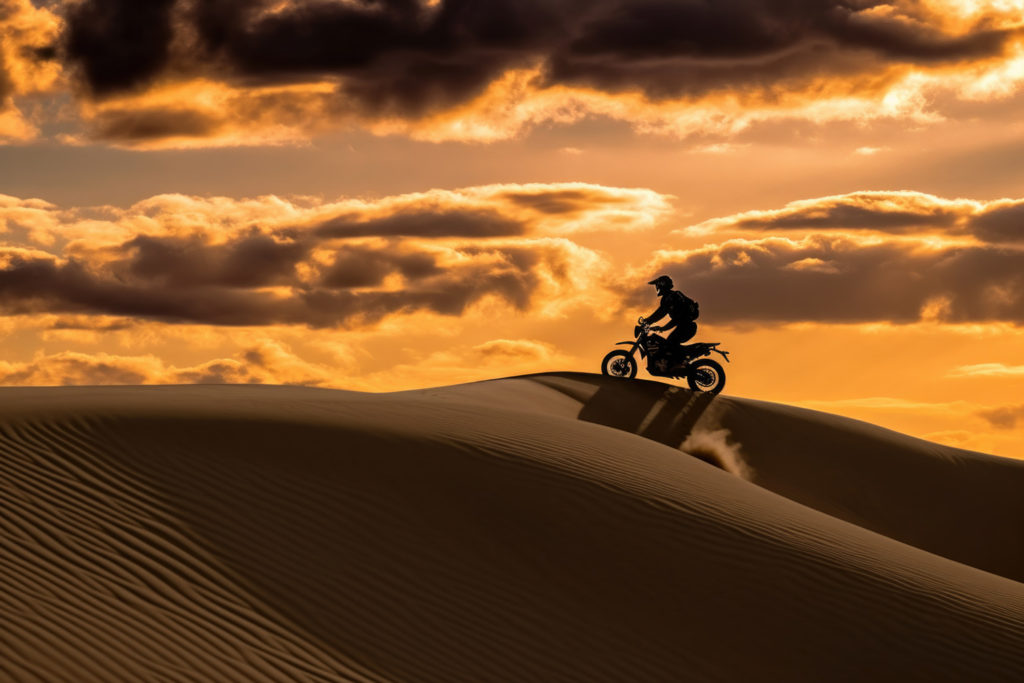
As always we welcome your comments and suggestions below. Click Here to view an interactive visual index page where you can quickly browse through all of the great features that are published on the Roadcraft USA blog. Be sure to subscribe to Roadcraft USA. We send out monthly email notifications about new features that hit the blog.
Please help support the Roadcraft USA online resource by making product purchases through the links in this post. As Amazon Associates we earn commissions from qualifying purchases made through these links. There is no additional cost to you whatsoever. Thank you for your support!

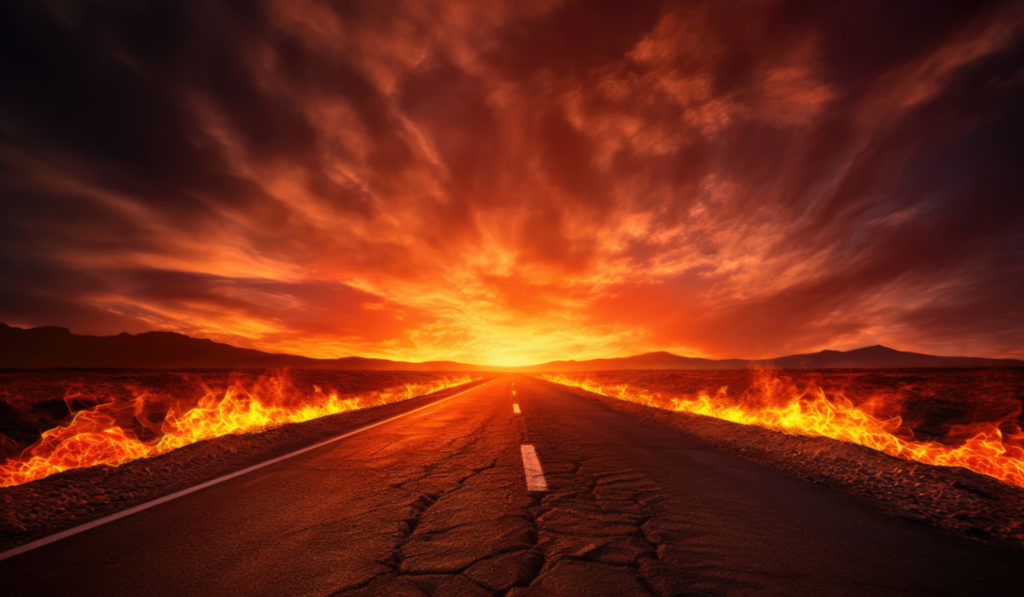
I was a victim of heat in 2006. I was wearing microfiber pants, a T shirt and a light safari jacket. I had a full night’s sleep and a full breakfast before heading out. Temps were in the low 90s I was sipping on water about 100 miles east of Memphis on Route 40 and hoped to ride The Dragon that day. Suddenly there was a spinning sensation and I woke up on a backboard. The part of the article that mentioned vasodilation is what happened and my bp dropped like a stone causing me to pass out. I was in very good shape at that time and was actively teaching 6 Karate classes a week. Didn’t matter. I remember myself and other members of the BMW MOA bitching up a storm so that the national rally could get changed from July to June and enough of us said no more 100 degree rallies. I am happy to say that this changed and the national is now in June. as for myself, IMO, Unless you have a VERY DAMN GOOD REASON, Stay off the bike if the temperature gets north of 87.
Wow! Glad you’re still here to tell the story, Will. I shy away from the super-heat myself. Would much rather suit up in leather and ride in colder weather. Stay safe!